SNVS434M July 2006 – November 2016 LM3673
PRODUCTION DATA.
- 1 Features
- 2 Applications
- 3 Description
- 4 Revision History
- 5 Voltage Options
- 6 Pin Configuration and Functions
- 7 Specifications
- 8 Detailed Description
- 9 Application and Implementation
- 10Power Supply Recommendations
- 11Layout
- 12Device and Documentation Support
- 13Mechanical, Packaging, and Orderable Information
Package Options
Mechanical Data (Package|Pins)
- YZR|5
Thermal pad, mechanical data (Package|Pins)
Orderable Information
7 Specifications
7.1 Absolute Maximum Ratings(1)(2)
| MIN | MAX | UNIT | ||
|---|---|---|---|---|
| VIN pin: voltage to GND | –0.2 | 6 | V | |
| FB, SW, EN pins | GND−0.2 | (VIN + 0.2 | V | |
| Continuous power dissipation(3) | Internally Limited | |||
| Junction temperature, TJ-MAX | 125 | °C | ||
| Maximum lead temperature (soldering, 10 sec.) | 260 | °C | ||
| Storage temperature, Tstg | –65 | 150 | °C | |
(1) Stresses beyond those listed under Absolute Maximum Ratings may cause permanent damage to the device. These are stress ratings only, which do not imply functional operation of the device at these or any other conditions beyond those indicated under Recommended Operating Conditions. Exposure to absolute-maximum-rated conditions for extended periods may affect device reliability.
(2) If Military/Aerospace specified devices are required, contact the TI Sales Office/Distributors for availability and specifications.
(3) Internal thermal shutdown circuitry protects the device from permanent damage. Thermal shutdown engages at TJ= 150°C (typical) and disengages at TJ= 130°C (typical).
7.2 ESD Ratings
| VALUE | UNIT | |||
|---|---|---|---|---|
| V(ESD) | Electrostatic discharge | Human-body model (HBM), per ANSI/ESDA/JEDEC JS-001(1) | ±2000 | V |
| Machine model | ±200 | |||
(1) JEDEC document JEP155 states that 500-V HBM allows safe manufacturing with a standard ESD control process.
7.3 Recommended Operating Ratings
over operating free-air temperature range (unless otherwise noted)(1)(2)| MIN | NOM | MAX | UNIT | |
|---|---|---|---|---|
| Input voltage(3) | 2.7 | 5.5 | V | |
| Recommended load current | 0 | 350 | mA | |
| Junction temperature, TJ | –30 | 125 | °C | |
| Ambient temperature, TA(4) | –30 | 85 | °C |
(1) Stresses beyond those listed under Absolute Maximum Ratings may cause permanent damage to the device. These are stress ratings only, which do not imply functional operation of the device at these or any other conditions beyond those indicated under Recommended Operating Conditions. Exposure to absolute-maximum-rated conditions for extended periods may affect device reliability.
(2) All voltages are with respect to the potential at the GND pin.
(3) The input voltage range recommended for ideal applications performance for the specified output voltages are as follows: VIN = 2.7 V to 4.5 V for 1.1 V ≤ VOUT < 1.5 V; VIN = 2.7 V to 5.5 V for 1.5 V ≤ VOUT < 1.8 V; VIN = (VOUT + VDROPOUT) to 5.5 V for 1.8 V ≤ VOUT ≤ 3.3 V where VDROPOUT = ILOAD × (RDSON, PFET + RINDUCTOR)
(4) In applications where high power dissipation and/or poor package resistance is present, the maximum ambient temperature may have to be derated. Maximum ambient temperature (TA-MAX) is dependent on the maximum operating junction temperature (TJ-MAX), the maximum power dissipation of the device in the application (PD-MAX) and the junction to ambient thermal resistance of the package (RθJA) in the application, as given by the following equation:TA-MAX = TJ-MAX− (RθJA × PD-MAX).
7.4 Thermal Information
| THERMAL METRIC(1) | LM3673 | UNIT | |
|---|---|---|---|
| YZR (DSBGA) | |||
| 5 PINS | |||
| RθJA | Junction-to-ambient thermal resistance(2) | 181.0 | °C/W |
| RθJC(top) | Junction-to-case (top) thermal resistance | 0.9 | °C/W |
| RθJB | Junction-to-board thermal resistance | 110.3 | °C/W |
| ψJT | Junction-to-top characterization parameter | 7.4 | °C/W |
| ψJB | Junction-to-board characterization parameter | 110.3 | °C/W |
(1) For more information about traditional and new thermal metrics, see the Semiconductor and IC Package Thermal Metrics.
7.5 Electrical Characteristics
Typical limits apply for TJ = 25°C. Unless otherwise specified, minimum and maximum limits apply over the full operating ambient temperature range (−30°C ≤ TA ≤ +85°C). Unless otherwise noted, specifications apply to the LM3673TL with VIN = EN = 3.6 V.(1)(2)(3)| PARAMETER | TEST CONDITIONS | MIN | TYP | MAX | UNIT | |
|---|---|---|---|---|---|---|
| VIN | Input voltage | See(4) | 2.7 | 5.5 | V | |
| VFB | Feedback voltage (fixed / ADJ) | PWM mode(5) | –2.5% | 2.5% | ||
| Line regulation | 2.7 V ≤ VIN ≤ 5.5 V IOUT = 20 mA |
0.025 | %/V | |||
| Load regulation | 150 mA ≤ IOUT ≤ 350 mA VIN= 3.6 V |
0.0015 | %/mA | |||
| VREF | Internal reference voltage | 0.5 | V | |||
| ISHDN | Shutdown supply current | EN = 0V | 0.01 | 1 | µA | |
| IQ | DC bias current into VIN | No load, device is not switching (FB forced higher than programmed output voltage) | 16 | 35 | µA | |
| RDSON (P) | Pin-pin resistance for PFET | VIN= VGS= 3.6 V, TA = 25°C | 350 | 450 | mΩ | |
| RDSON (N) | Pin-pin resistance for NFET | VIN= VGS= 3.6 V, TA = 25°C | 150 | 250 | mΩ | |
| ILIM | Switch peak current limit | Open loop(6) | 590 | 750 | 855 | mA |
| VIH | Logic high input | 1 | V | |||
| VIL | Logic low input | 0.4 | V | |||
| IEN | Enable (EN) input current | 0.01 | 1 | µA | ||
| ƒOSC | Internal oscillator frequency | PWM mode(5) | 1.6 | 2 | 2.6 | MHz |
(1) All voltages are with respect to the potential at the GND pin.
(2) Minimum and maximum limits are specified by design, test or statistical analysis. Typical numbers are not verified, but do represent the most likely norm.
(3) The parameters in the electrical characteristic table are tested at VIN= 3.6 V unless otherwise specified. For performance over the input voltage range refer to datasheet curves.
(4) The input voltage range recommended for ideal applications performance for the specified output voltages are as follows: VIN = 2.7 V to 4.5 V for 1.1 V ≤ VOUT < 1.5 V; VIN = 2.7 V to 5.5 V for 1.5 V ≤ VOUT < 1.8 V; VIN = (VOUT+ VDROPOUT) to 5.5 V for 1.8 V ≤ VOUT ≤ 3.3 V, where VDROPOUT = ILOAD × (RDSON, PFET + RINDUCTOR).
(5) Test condition: for VOUT less than 2.5 V, VIN = 3.6 V; for VOUT greater than or equal to 2.5 V, VIN = VOUT + 1 V.
(6) Refer to for closed-loop data and its variation with regards to supply voltage and temperature. Electrical Characteristics reflects open-loop data (FB = 0 V and current drawn from SW pin ramped up until cycle-by-cycle current limit is activated). Closed-loop current limit is the peak inductor current measured in the application circuit by increasing output current until output voltage drops by 10%.
7.6 Typical Characteristics
LM3673TL typical application (Figure 17), VIN = 3.6 V, VOUT= 1.5 V, TA = 25°C, unless otherwise noted.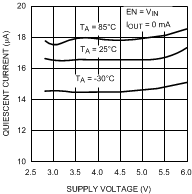 Figure 1. Quiescent Supply Current vs. Supply Voltage
Figure 1. Quiescent Supply Current vs. Supply Voltage
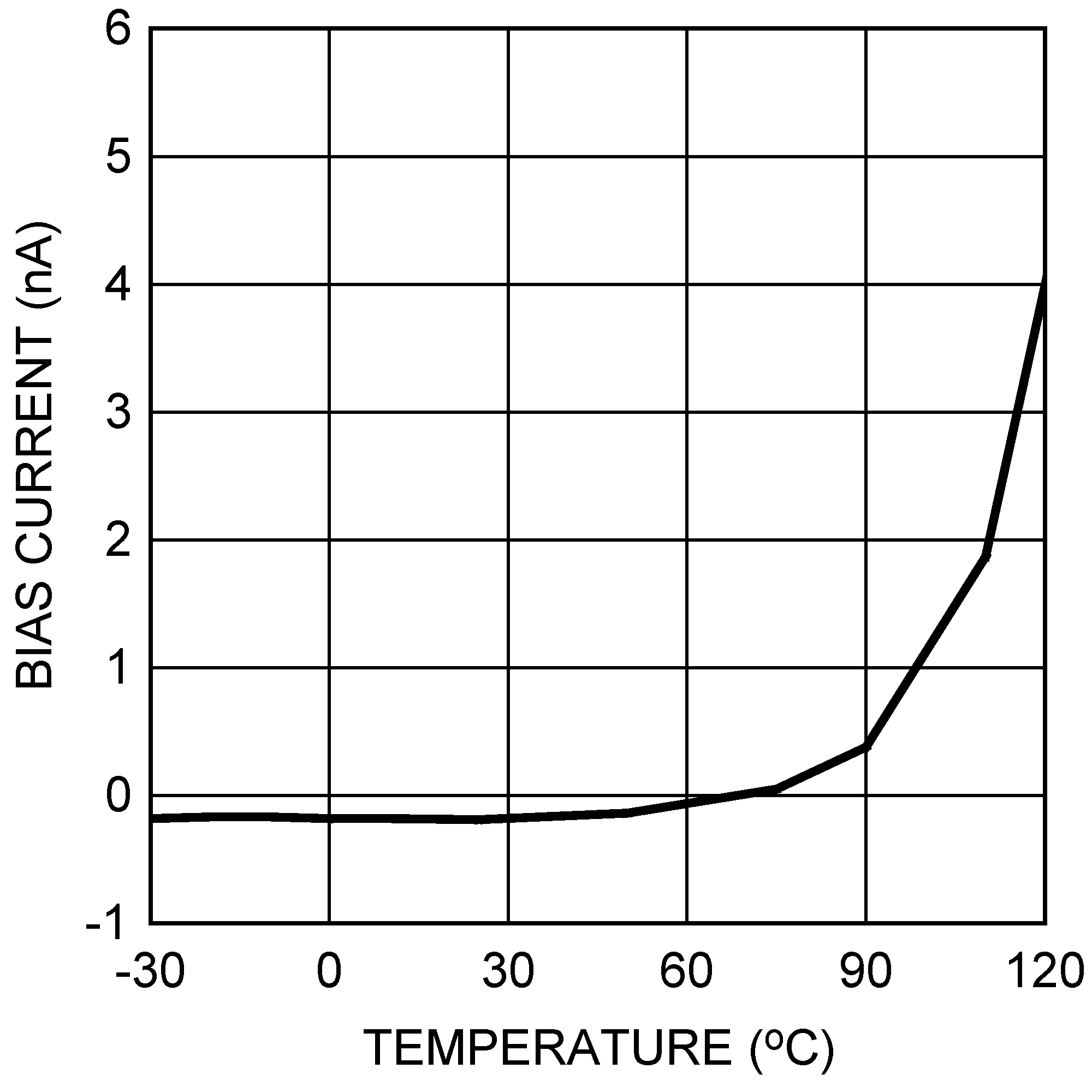 Figure 3. Feedback Bias Current vs. Temperature
Figure 3. Feedback Bias Current vs. Temperature
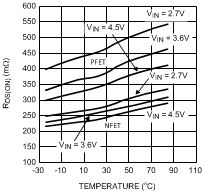 Figure 5. RDSON vs. Temperature
Figure 5. RDSON vs. Temperature
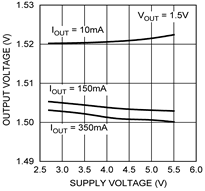
| VOUT = 1.5 V |
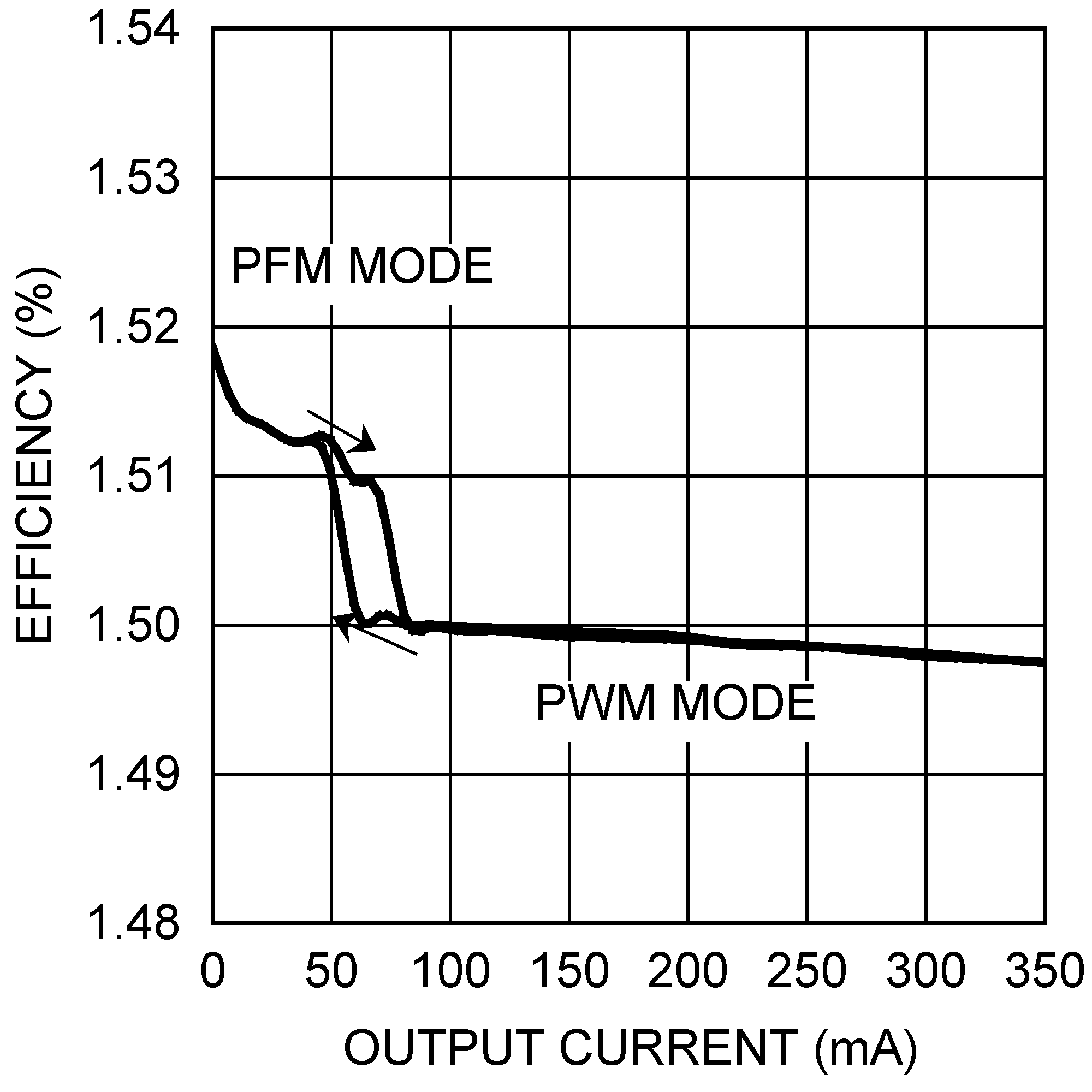
| VOUT = 1.5 V |
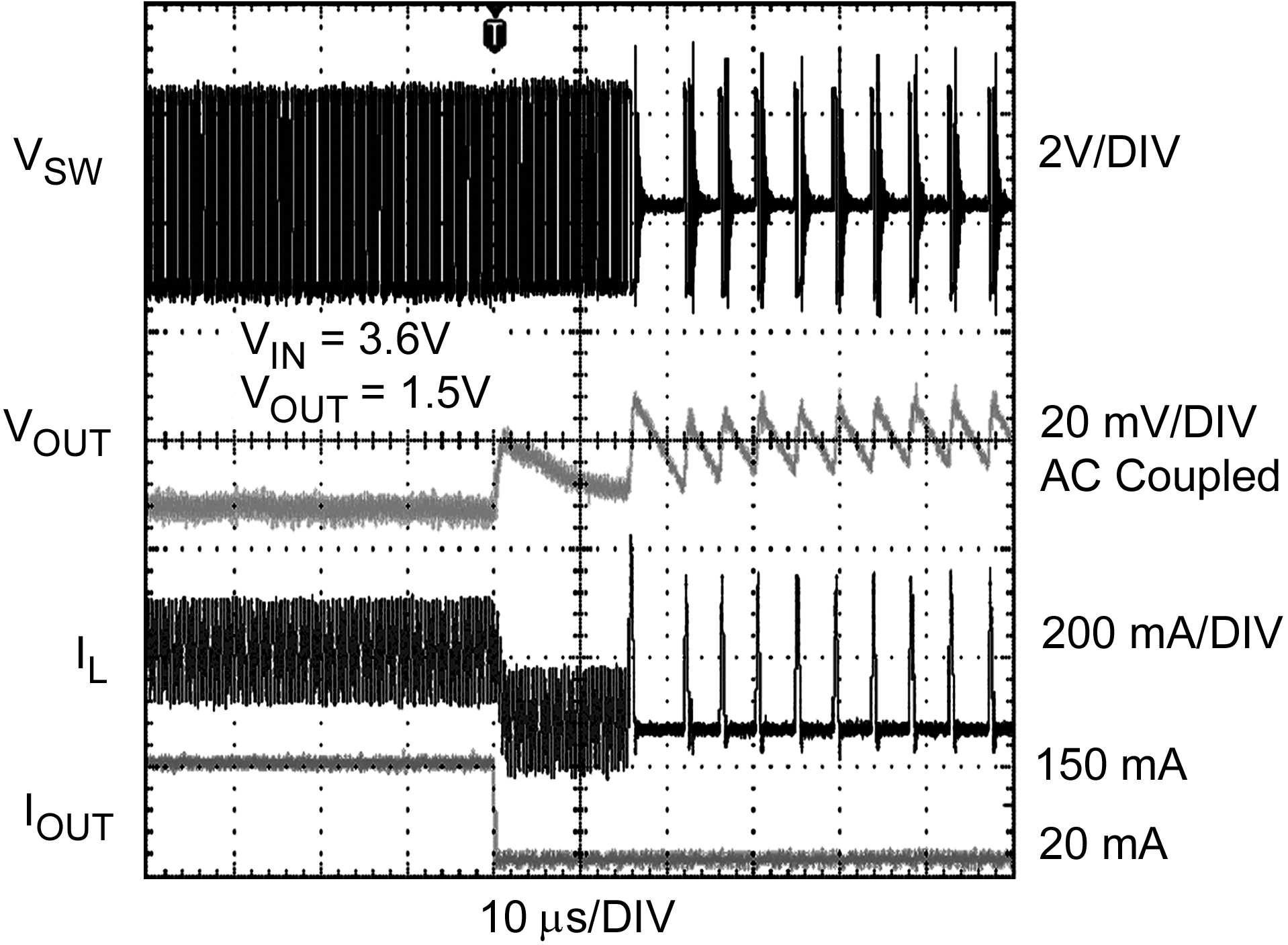
| VOUT = 1.5 V (PWM to PFM) | ||
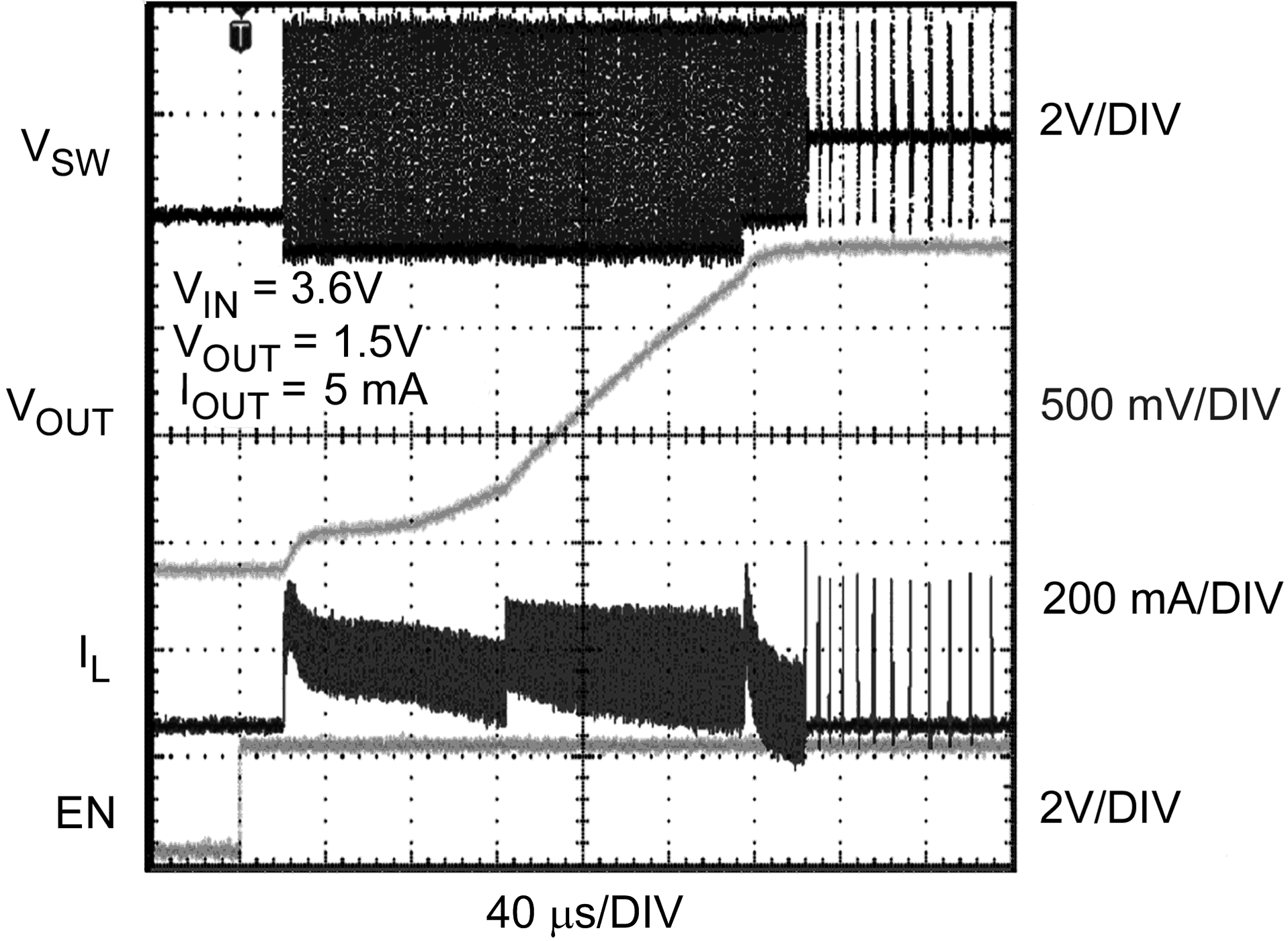
| VOUT = 1.5 V | Output Current= 5 mA | |||
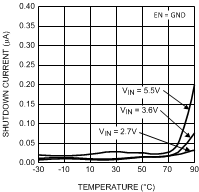 Figure 2. Shutdown Current vs. Temperature
Figure 2. Shutdown Current vs. Temperature
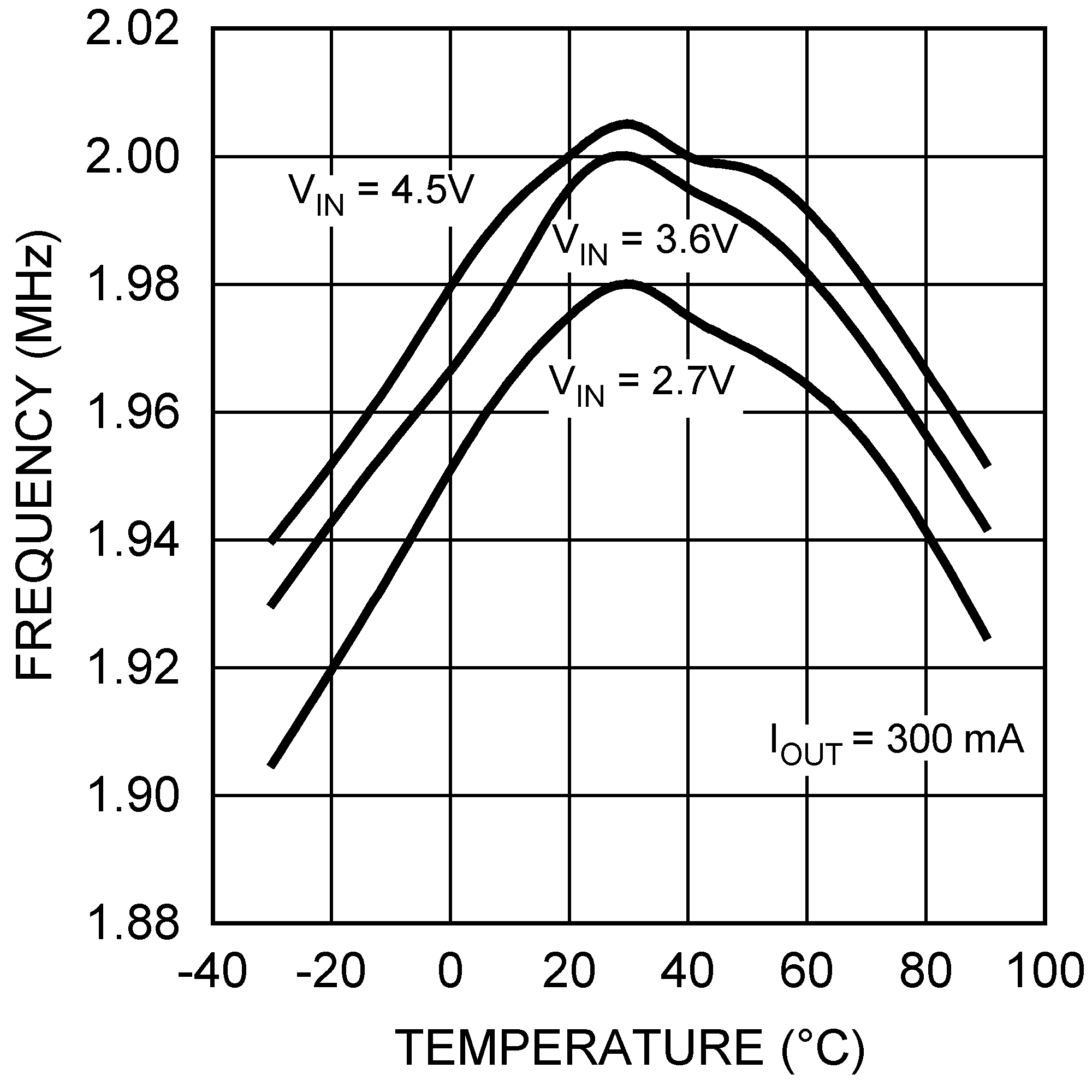 Figure 4. Switching Frequency vs. Temperature
Figure 4. Switching Frequency vs. Temperature
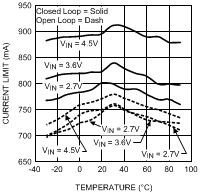 Figure 6. Open/Closed Loop Current Limit vs. Temperature
Figure 6. Open/Closed Loop Current Limit vs. Temperature
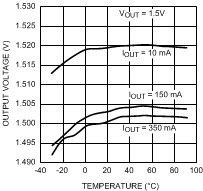
| VOUT = 1.5 V |
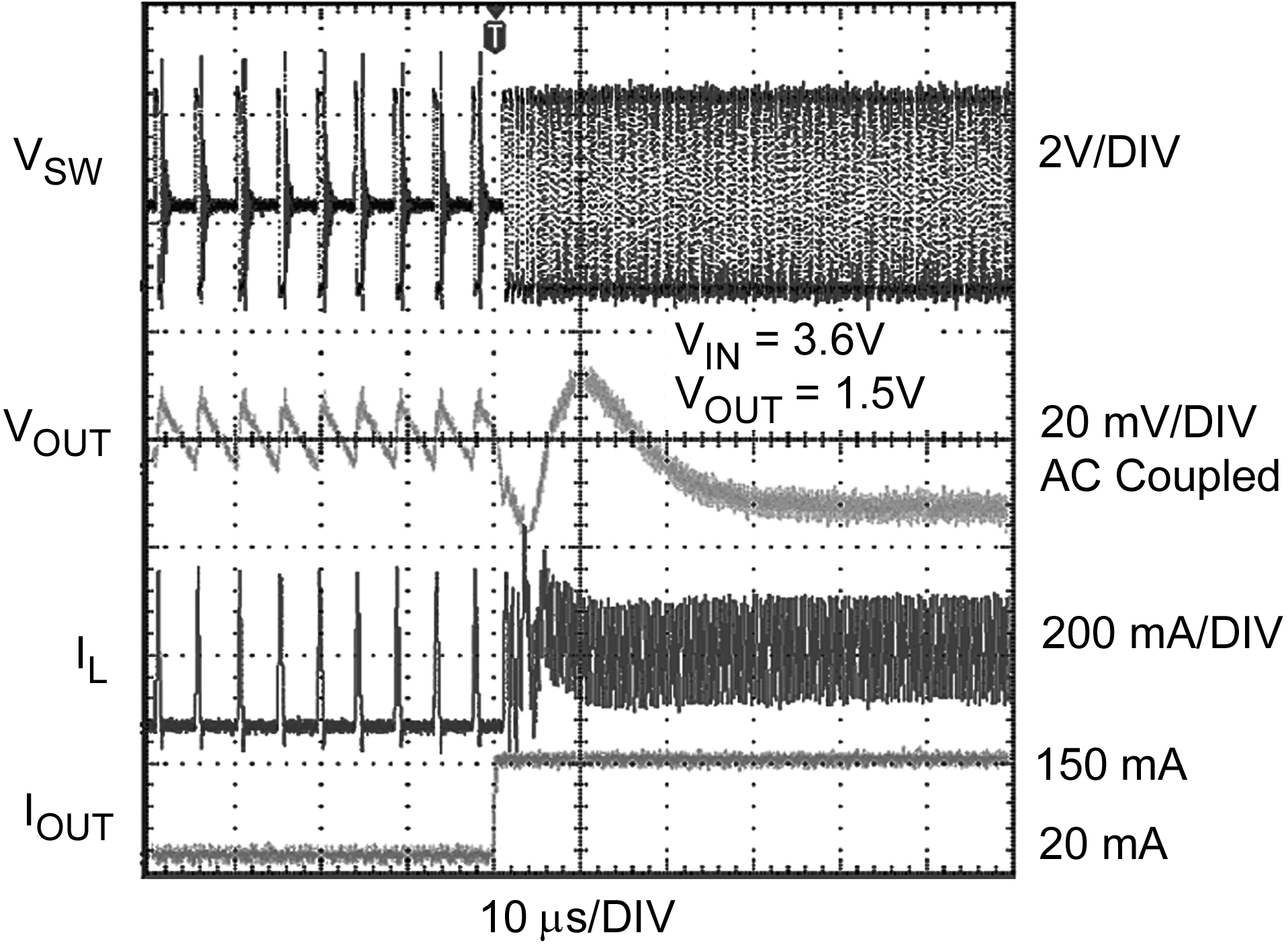
| VOUT = 1.5 V (PFM to PWM) | ||
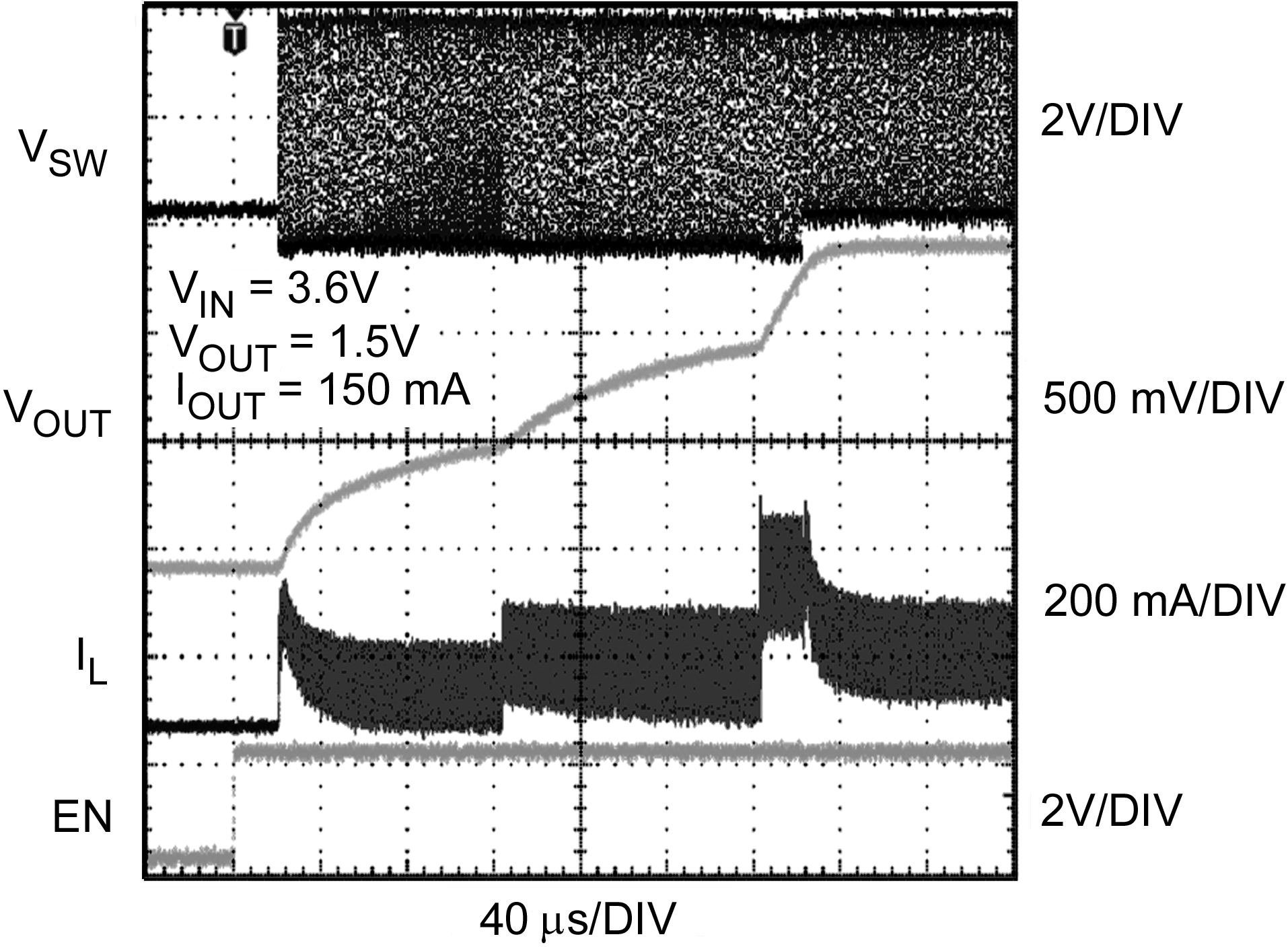
| VOUT = 1.5 V | Output Current= 150 mA | |